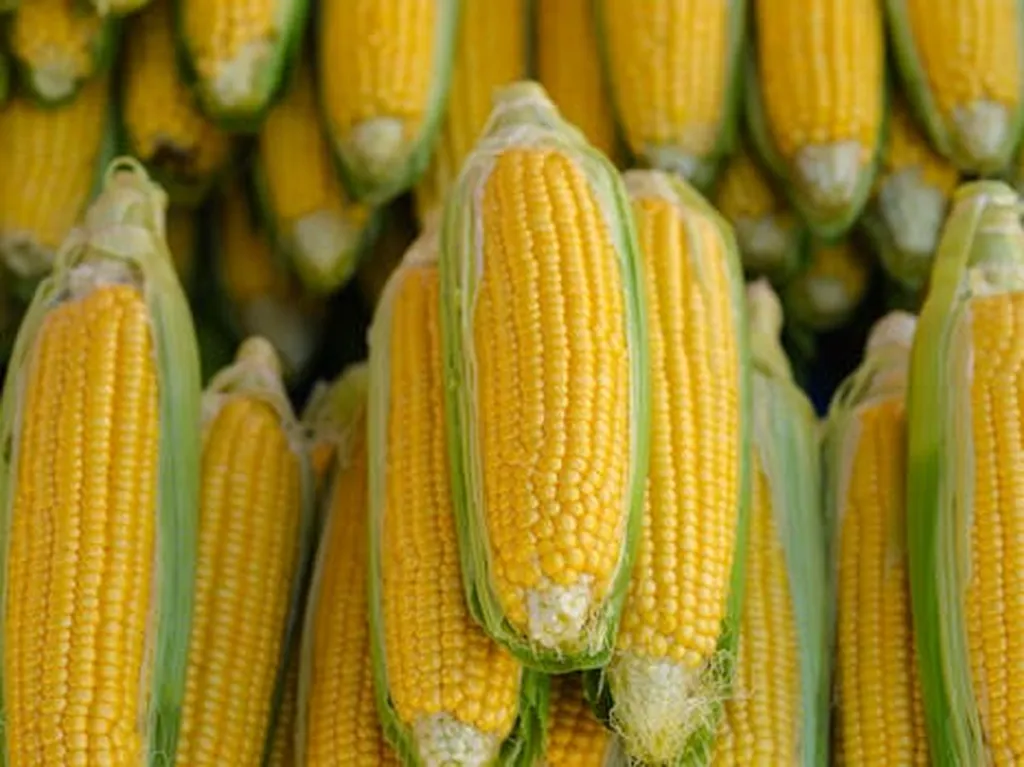In the ever-evolving world of agriculture, the timing of harvest can be just as crucial as the selection of the crop itself. A recent study published in the journal *Scientific Reports* (translated to English as “Scientific Reports”) sheds light on how harvest time significantly influences the sugar content and carotenoid composition in different sweet maize hybrids. This research, led by Seyed Mohammad Nasir Mousavi from the Institute of Land Use, Engineering and Precision Farming Technology at the University of Debrecen, offers valuable insights for farmers and agribusinesses looking to optimize the nutritional quality and market value of sweet maize.
Sweet maize, valued for its high sugar content, undergoes a gradual conversion to starch as the kernels mature. This study evaluated five super sweet maize hybrids—D, M, G, S, and N—across four harvest dates: July 19, July 26, August 2, and August 9, over two consecutive growing seasons. The researchers analyzed seventeen key nutritional parameters, including sugars, minerals, and carotenoids, and found that both the hybrid type and harvest time significantly affected these parameters.
“Our findings highlight the critical role of genotype selection and harvest timing in optimizing the nutritional quality and market value of sweet maize,” said Seyed Mohammad Nasir Mousavi, the lead author of the study. The M hybrid stood out with the highest levels of β-carotene, phosphorus, and magnesium, while the S hybrid had the greatest concentrations of lutein, zeaxanthin, and β-cryptoxanthin. The D hybrid recorded the highest sucrose content, and the N hybrid was superior in dry matter and fructose.
Harvest timing also played a pivotal role. Early harvest on July 19 resulted in peak concentrations of β-carotene, potassium, and glucose, whereas late harvest on August 9 favored hybrid-specific nutrient accumulation. Principal Component Analysis (PCA) revealed that the first two components explained 75.82% of the total variance, with glucose and potassium identified as key discriminating traits.
This research has significant implications for the agricultural sector, particularly for farmers and agribusinesses aiming to maximize the nutritional value and marketability of sweet maize. By understanding how different hybrids respond to varying harvest times, producers can make informed decisions that enhance both yield and quality.
“The insights from this study can guide farmers in selecting the right hybrids and optimal harvest times to meet specific market demands,” added Seyed Mohammad Nasir Mousavi. This knowledge is particularly valuable in temperate growing conditions, where environmental factors can greatly influence crop outcomes.
As the agricultural industry continues to evolve, research like this underscores the importance of precision farming and data-driven decision-making. By leveraging these findings, stakeholders can optimize their production processes, ultimately contributing to a more sustainable and profitable agricultural sector.
In conclusion, the study published in *Scientific Reports* provides a comprehensive analysis of how harvest time and hybrid selection impact the nutritional quality of sweet maize. This research not only advances our understanding of sweet maize cultivation but also offers practical solutions for enhancing crop value in the market. As the agricultural sector continues to innovate, such studies will be instrumental in shaping the future of farming practices and commercial strategies.

